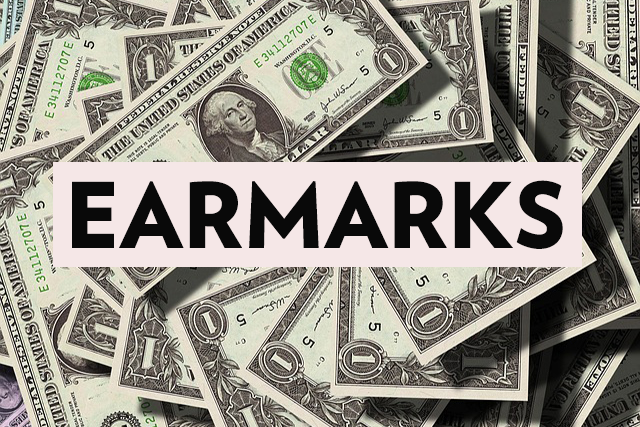Media

Budget Earmarks: Sneaky and Unconstitutional
A wise buyer should always read the fine print, but it isn’t easy. Documents like cell phone contracts and software user agreements can be hard to read, often by design. The dense language can hide things like fees or a privacy violation that the seller hopes will go unnoticed. Unfortunately, legislators have learned to use the same trick, and the 2019 fiscal code bill is a perfect example.
The fiscal code instructs the government on the use of monies appropriated in the budget bill and is sometimes called the instruction manual to the budget. An interested citizen can try to read it, but he is unlikely to persist through sentences like these:
“At least $5,000,000 shall be distributed to a hospital in a city of the third class in a home rule county that was formerly a county of the second class A.”
“At least $800,000 shall be used to support a manufacturing technology development effort in a county of the fourth class with a population of at least 143,679, but not more than 144,200, under the most recent Federal decennial census.”
These are earmarks: direct instructions to spend budget money on a specific recipient. The 2019-2020 fiscal code bill contains more than 80 earmarks totaling $61 million. They are listed here and mapped visually where they apply to a single location.
Earmarks are slipped into the fiscal code just before passage, and the obscure wording makes them nearly impossible to decipher. Only through research, for example, was the Commonwealth Foundation able to determine that the above earmarks apply to Delaware County and Cambria County respectively. Even where the location can be identified, however, the name of the recipient can often only be guessed. Such non-specific language serves to hide, not illuminate, lawmakers’ intentions: it insults the idea of government transparency and subverts the proper legislative process. Many lawmakers themselves don’t even know where the money is going because they are shown only the convoluted bill text, not a simple list of named recipients.
Even worse, the insertion of earmarks into the fiscal code bill circumvents the state constitution, which specifically prohibits them. Article 3, Section 11 states the following:
The general appropriation bill shall embrace nothing but appropriations for the executive, legislative and judicial departments of the Commonwealth, for the public debt and for public schools. All other appropriations shall be made by separate bills, each embracing but one subject.
Article 3, Section 30 states:
No appropriation shall be made to any charitable or educational institution not under the absolute control of the Commonwealth, other than normal schools established by law for the professional training of teachers for the public schools of the State, except by a vote of two thirds of all the members elected to each House.
In other words, the legislature may direct funds to a specific recipient, but it must follow certain rules. A separate bill is supposed to be brought forward for each purpose and the bill should clearly name the recipient of the money. If the proposed spending is for a private institution, a super-majority vote is required. Examples of the process include the annual bills funding Penn State, Pittsburgh, and Temple Universities.
Not all earmarked purposes are unworthy. Some, for instance those related to law enforcement and higher education, appear reasonable. Ordinary procedures, however, ought to be followed. This includes the letter of the constitution as well as a competitive grant process and the same performance measurement that applies to other spending. Taxpayers deserve accountability and transparency with respect to their money.
Graphic:: 2019-2020 earmarks summary